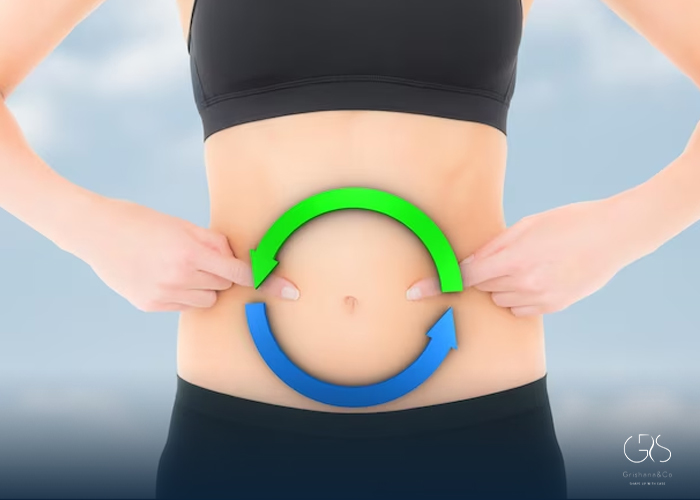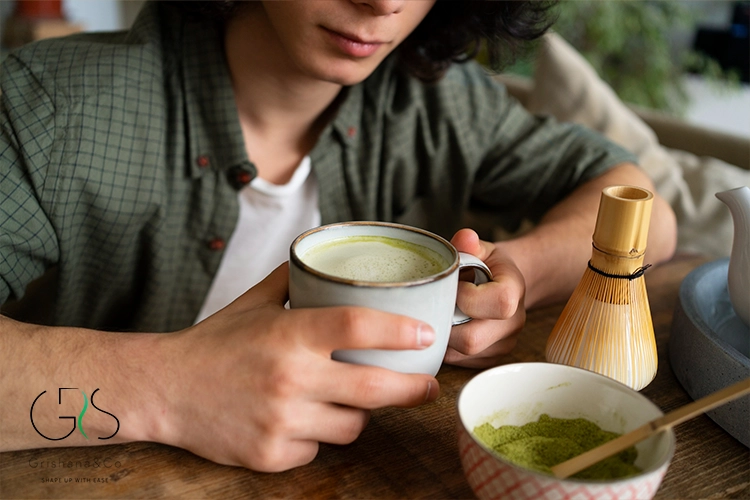The belly button, also known as the navel, is often an overlooked part of our body. Most people associate belly buttons with characteristics like lint accumulation or a sign of physical attachment during infancy. However, there is more to the belly button than meets the eye. This article aims to delve deeper into the intriguing world of belly button mysteries and explore the surprising factors that may lie within. From bacteria and fungi to forgotten debris, the belly button proves to be a treasure trove of discoveries.
The Phenomenon of Belly Button Lint
We begin our exploration by addressing the undeniable and sometimes amusing presence of belly button lint. How does it accumulate, and why does it seem to be more common in certain individuals? According to a study published in the Journal of Investigative Dermatology, the main contributing factors to belly button lint are body hair, clothing type, and skin moisture levels. These factors play a crucial role in the accumulation of lint in the navel. Surprisingly, belly button lint even has its own annual competition, creating an engaging phenomenon that captures public fascination.
Diversity in Belly Button Flora
Moving beyond lint, let’s uncover the diverse microbial ecosystem residing in our belly buttons. Research shows that the belly button harbors a wide range of bacteria, fungi, and other microorganisms, collectively known as the belly button flora. A study conducted by scientists at North Carolina State University identified approximately 2,368 different species in the belly button microbiome, some of which were previously unknown. This astonishing diversity raises intriguing questions about the role of the belly button in our overall health and well-being.
Impact on Health and Hygiene
Understanding the belly button flora has implications for our health and hygiene practices. By studying the bacteria and fungi residing in the navel, scientists are uncovering potential associations with certain skin conditions, immune responses, and even the potential development of antibiotics. Maintaining proper belly button hygiene is crucial to minimize the risk of infections and ensure a healthy microbial balance. Experts recommend regular cleaning and drying of the belly button, especially for those with deep navels.

Forgotten Treasures: What Lies Beneath
Beyond the lint and microorganisms, there have been instances where surprising objects or foreign bodies have been discovered in people’s belly buttons. From forgotten jewelry and food crumbs to plant seeds and even insects, the belly button can serve as a hiding place for unexpected treasures. These anomalies, albeit rare, highlight the individuality and sometimes bizarre encounters associated with our belly buttons.
Diverse Perspectives: Cultural Significance
The belly button holds cultural significance in various societies across the globe. For example, in Indian culture, the belly button, or “navel,” is considered a sacred site representing the divine connection of life and fertility. Belly button piercings are popular among many cultures and are often seen as a form of self-expression or adornment. Exploring the cultural significance of the belly button adds depth to our understanding and fosters a sense of inclusivity in this diverse world.
Conclusion
The belly button is far from being a mere lint collection site. It serves as a miniature ecosystem filled with captivating mysteries, diverse microorganisms, and cultural symbolism. Understanding the secrets that lie within our navels not only sparks curiosity but also opens up avenues for scientific research and cultural exploration. So, next time you clean your belly button, take a moment to appreciate the wondrous world that exists beyond the lint.
Sources
- Wikipedia, Human navel
- North Carolina State University, 5 Things You Didn’t Know About Your Belly Button
- Reddit, What is the weirdest thing you have found in your belly button?











